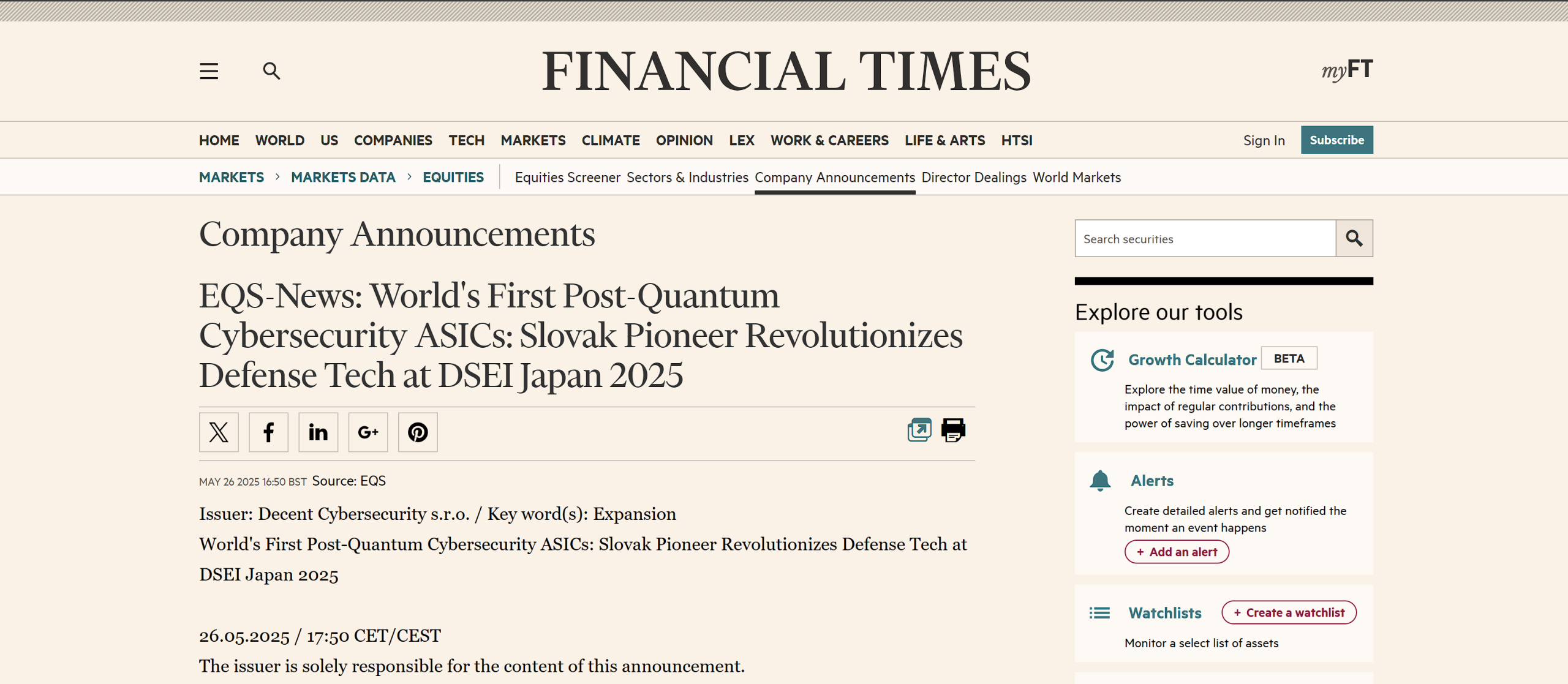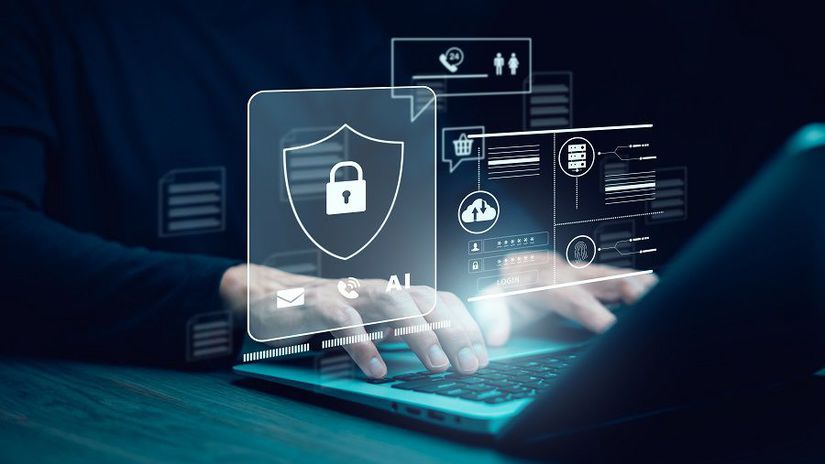The European Union Agency for Cybersecurity (ENISA) has released comprehensive implementation guidance for the NIS2 Directive’s security requirements, marking a significant step forward in standardizing cybersecurity practices across the EU. Decent Cybersecurity, as a certified provider of cybersecurity audit by the National Security Authority and a holder of NATO, EU, and National Security Clearance (Secret), plays a crucial role in helping organizations implement these requirements.
“The NIS2 Directive represents a fundamental shift in how organizations approach cybersecurity. Our role is to ensure that entities not only comply with these requirements but implement them in a way that creates genuine security resilience,” states Matej Michalko, Founder and Chairman of Decent Cybersecurity.
Core Security Requirements
The guidance outlines several key areas that organizations must address:
Cybersecurity Awareness and Training
Organizations must implement structured awareness programs including regular training sessions, documented attendance, annual program reviews, effectiveness testing, and coverage of emerging threats. The programs should be updated periodically to reflect changes in cyber hygiene practices and the current threat landscape.
Cryptographic Controls
Implementation requirements include:
- Encryption for data at rest and in transit
- Key management procedures
- Automated cryptographic key management systems
- Comprehensive logging of key management activities
- Consideration of quantum-resistant algorithms
- Annual cryptographic policy reviews
Network Security
Organizations must implement:
- Network segmentation with demilitarized zones (DMZ)
- Strict traffic control between segments
- Regular testing of segmentation effectiveness
- Monitoring of cross-segment communications
- Documentation of segmentation rules
- Periodic review of segmentation policies
Asset Management
Required controls include:
- Maintenance of complete asset inventories
- Classification of assets based on criticality
- Documentation of asset handling procedures
- Secure disposal protocols
- Regular review of asset management policies
Risk Assessment and Management
Organizations must:
- Conduct regular risk assessments
- Review risk assessment results annually
- Consider changes in information systems and operational environment
- Address post-incident review findings
- Monitor trends related to threats and vulnerabilities
Implementation Requirements
The guidance emphasizes several key implementation aspects:
- Documentation of all security policies and procedures
- Evidence maintenance of control implementation
- Regular review and updates of controls
- Testing of security measure effectiveness
- Development of incident response capabilities
Compliance Monitoring
Organizations must maintain:
- Regular security assessments
- Comprehensive documentation of security measures
- Incident response procedures
- Business continuity planning
- Supply chain security controls
The implementation guidance applies to essential and important entities as defined in the NIS2 Directive. Organizations must implement these requirements based on their risk assessment results and maintain thorough documentation of all security measures.
Through its comprehensive cybersecurity services and deep expertise in regulatory compliance, Decent Cybersecurity helps organizations navigate these complex requirements while ensuring their security posture aligns with both NIS2 requirements and broader security best practices.





